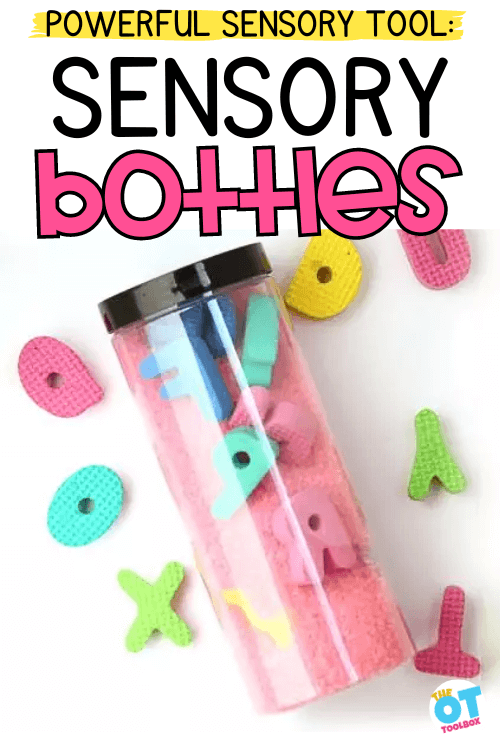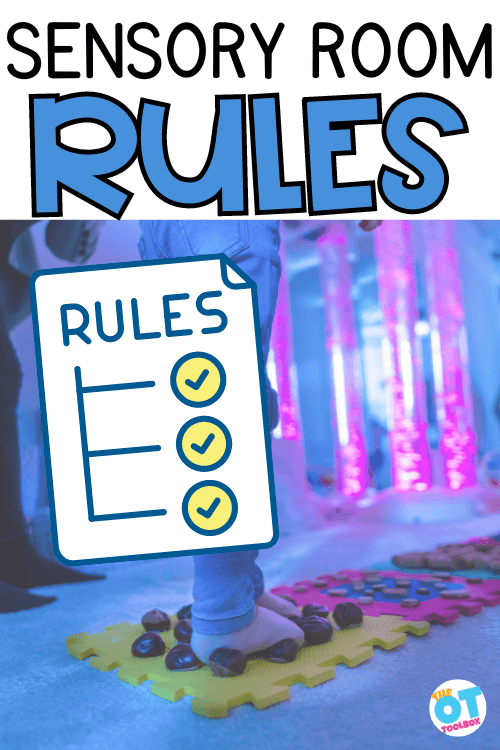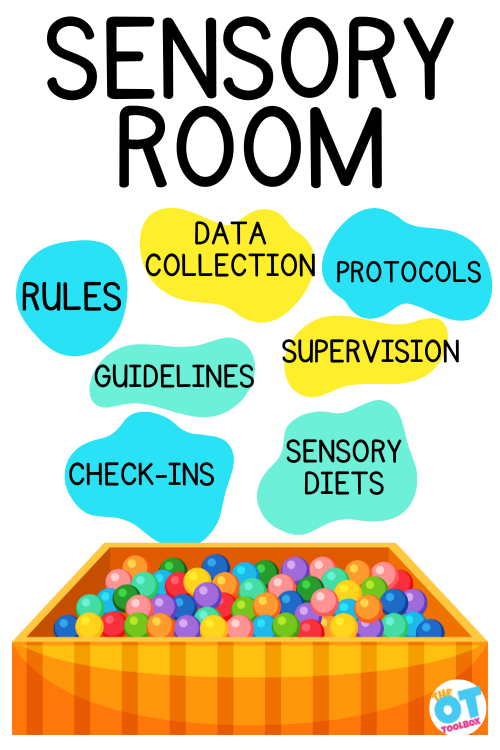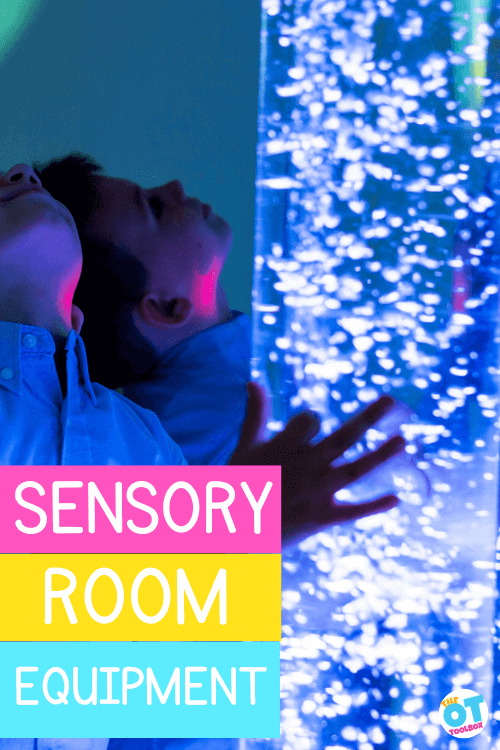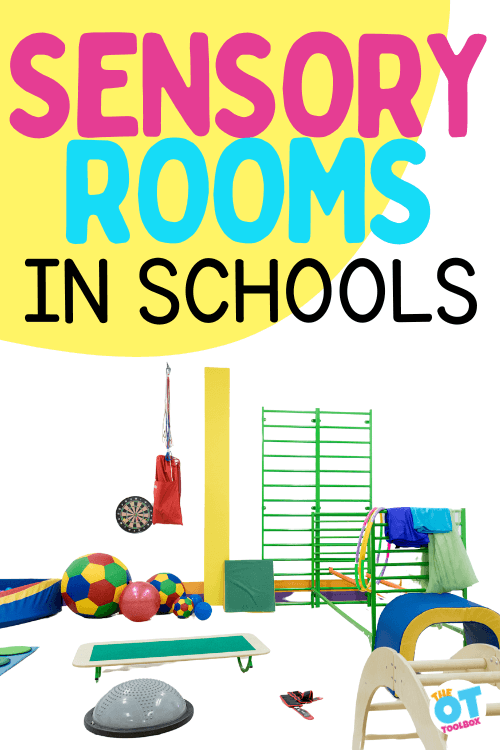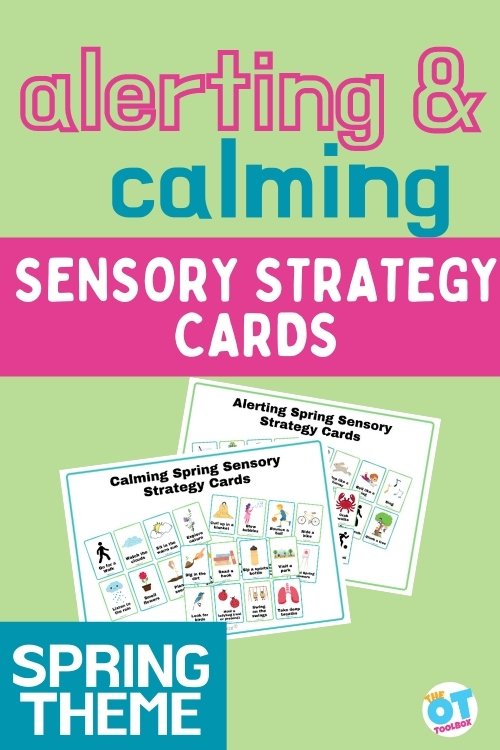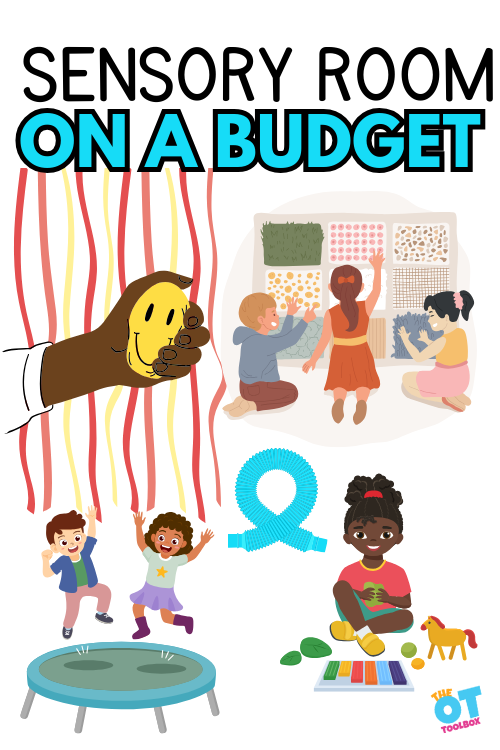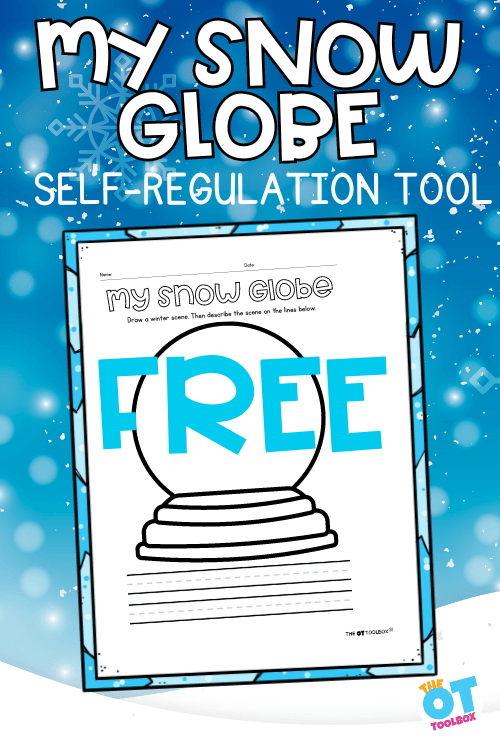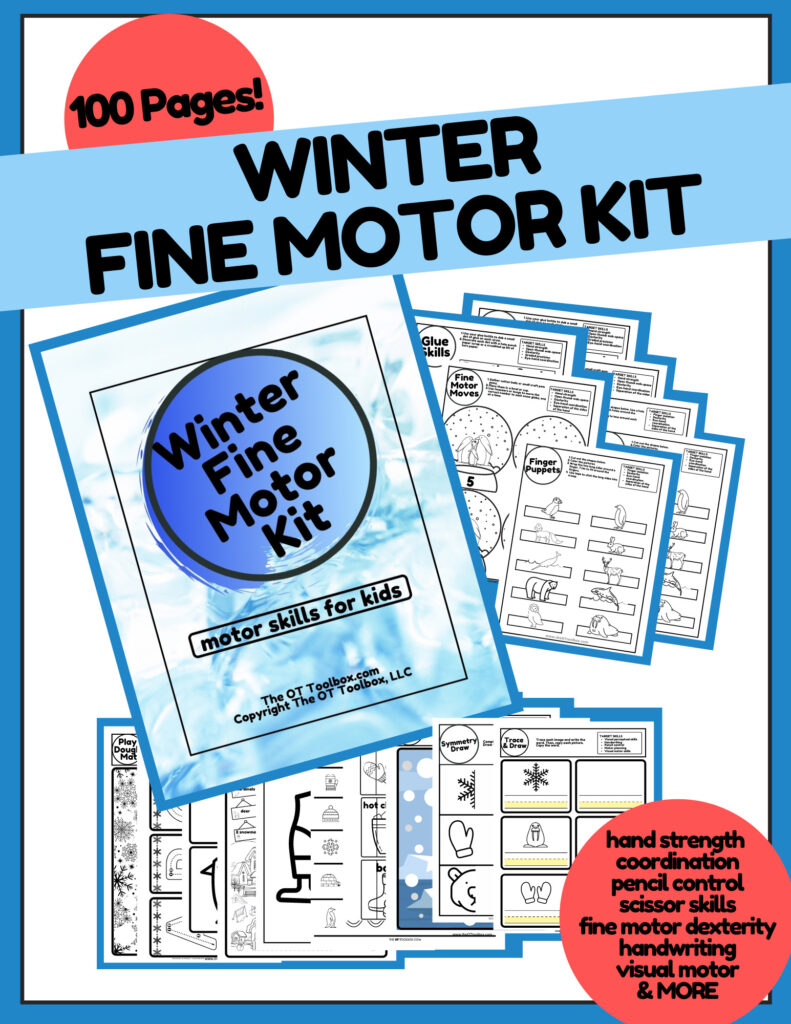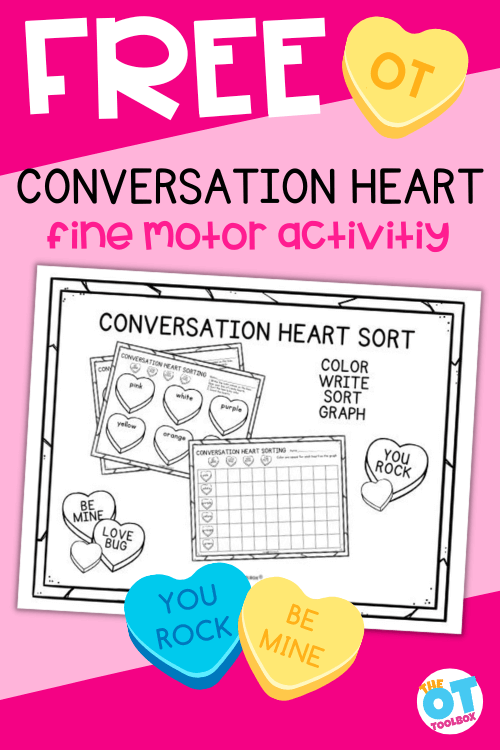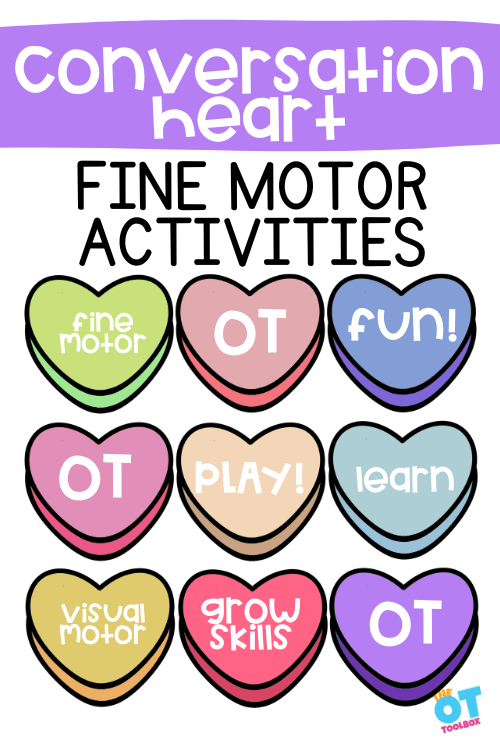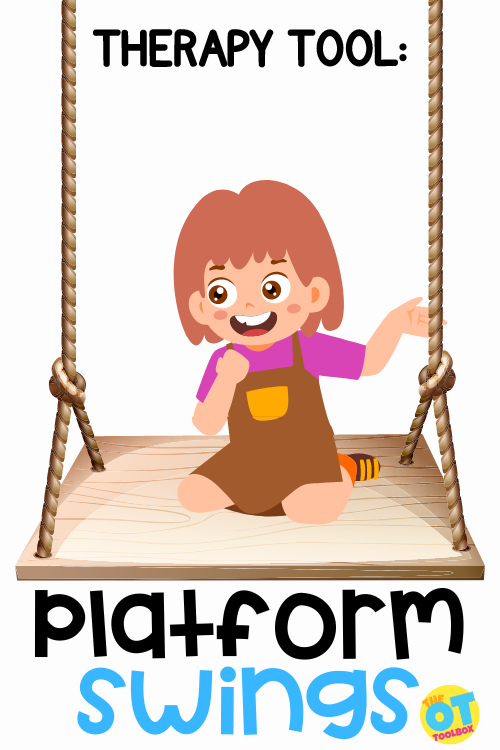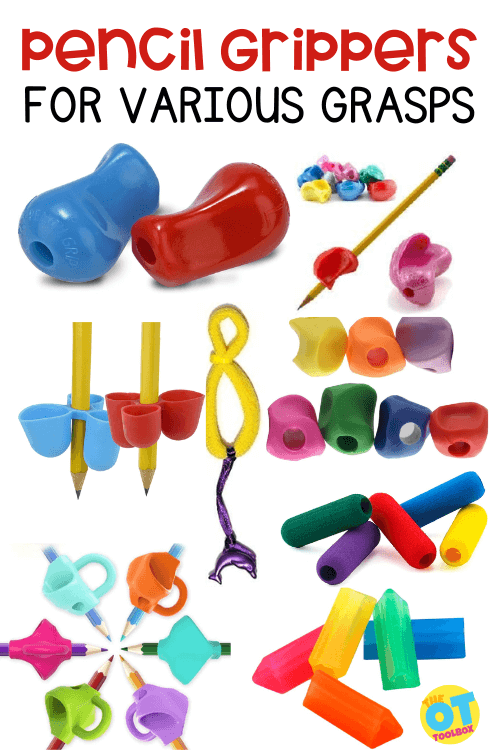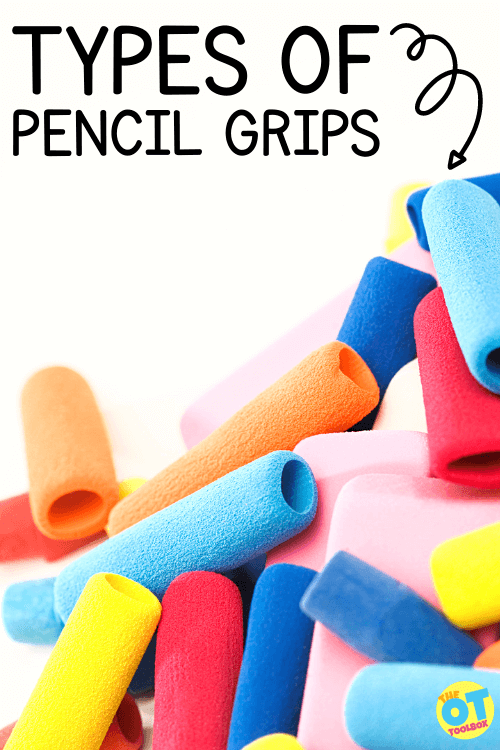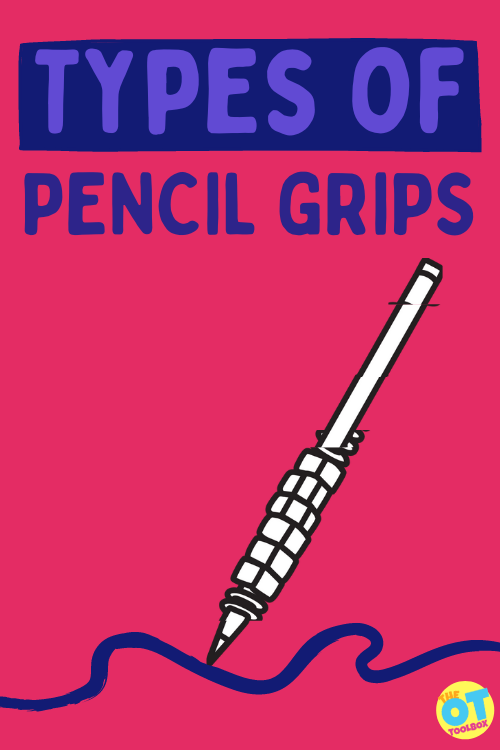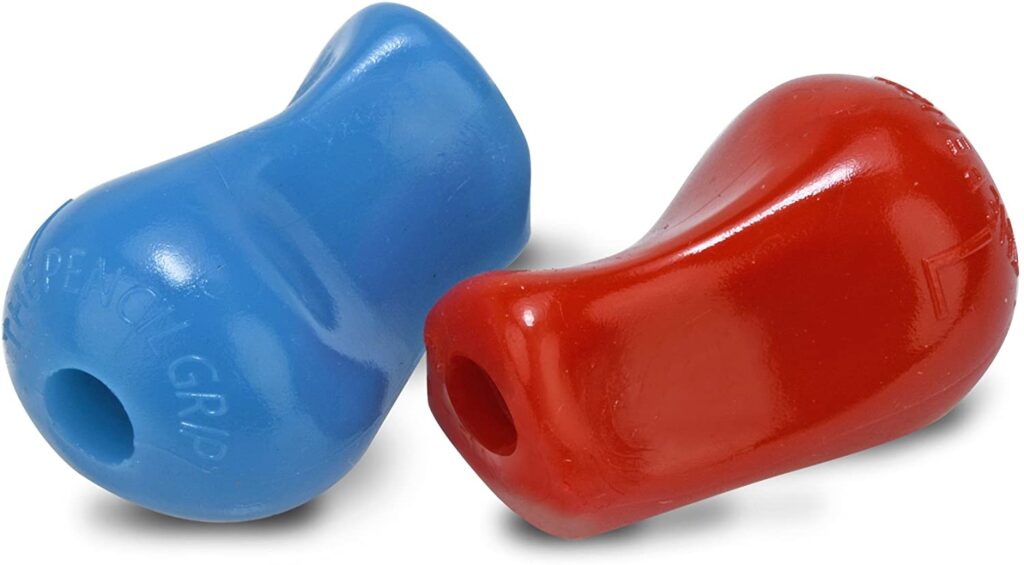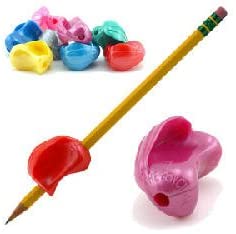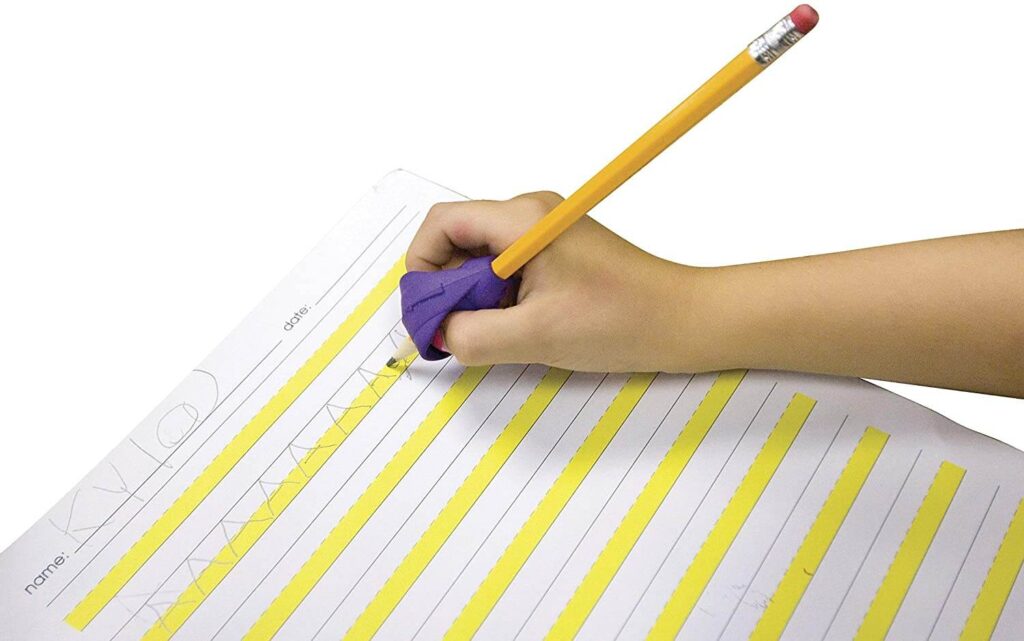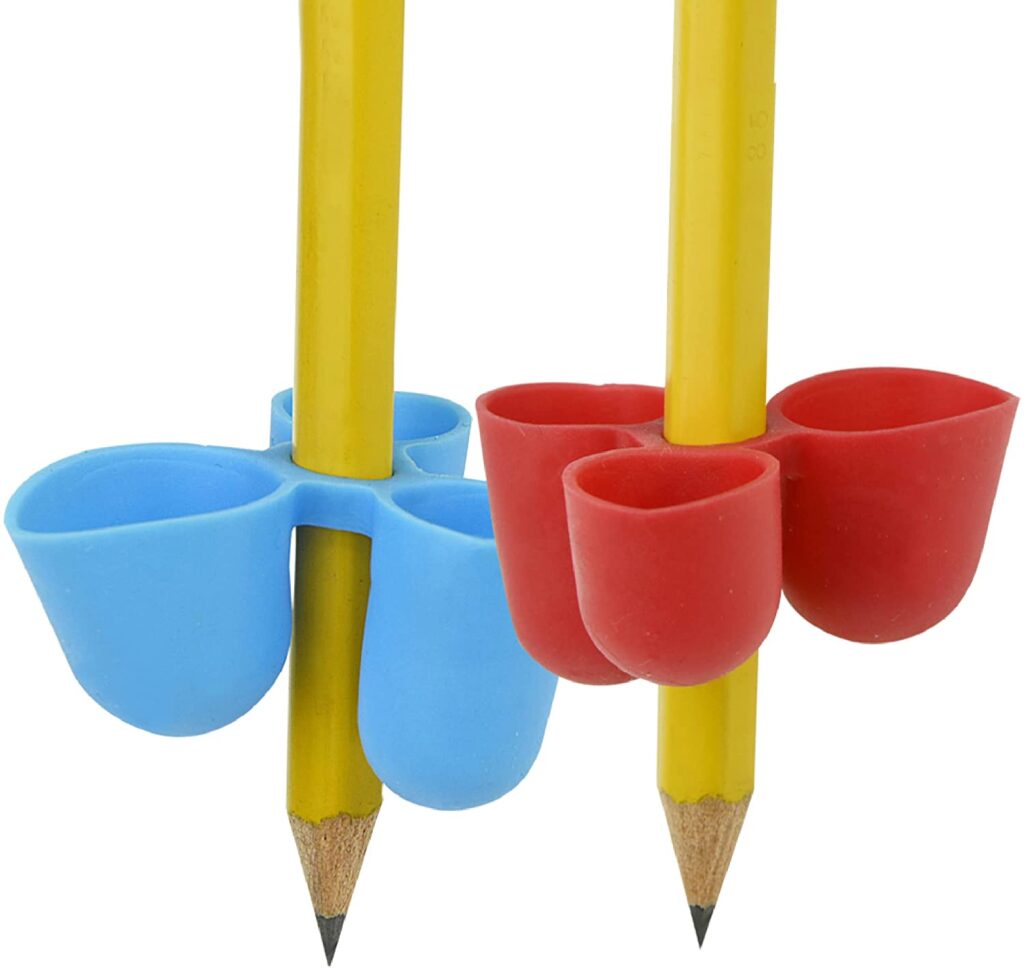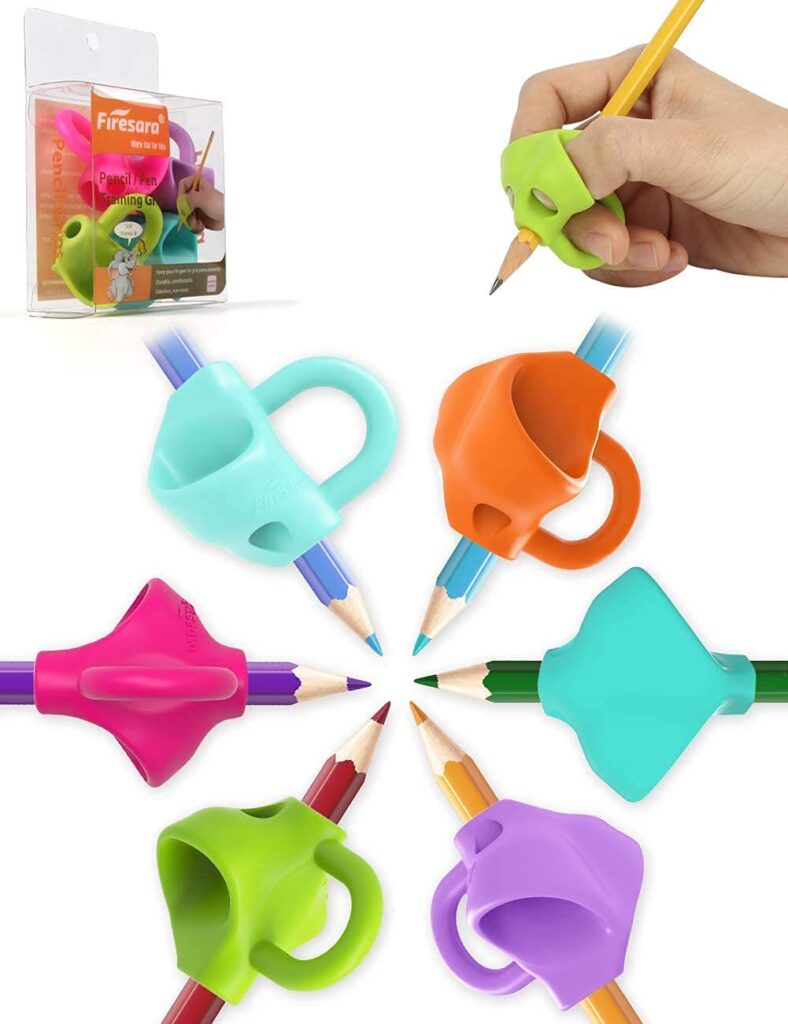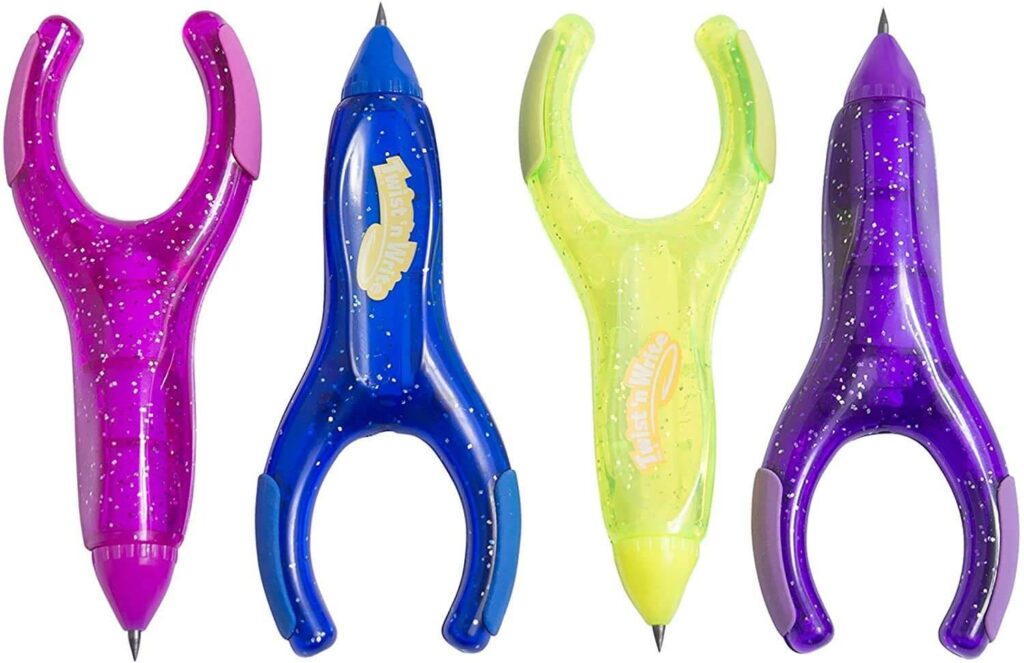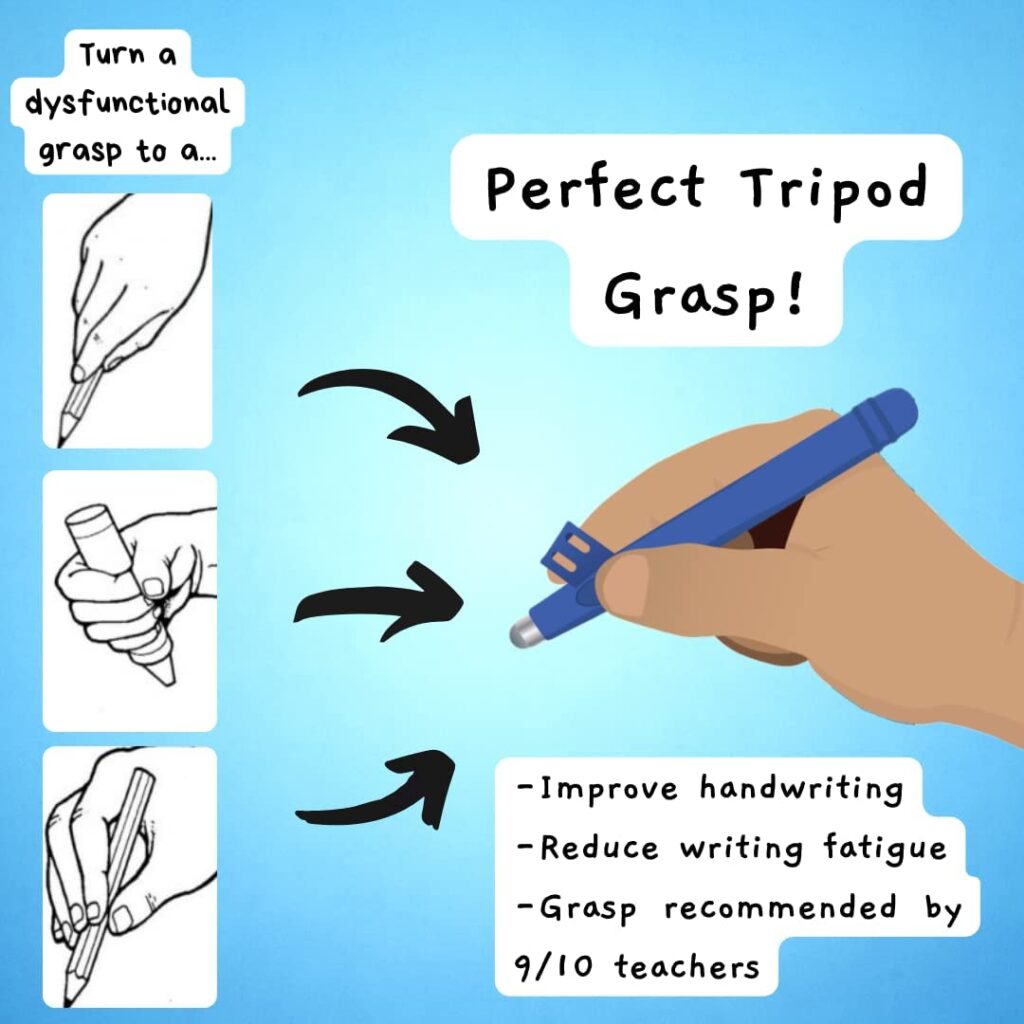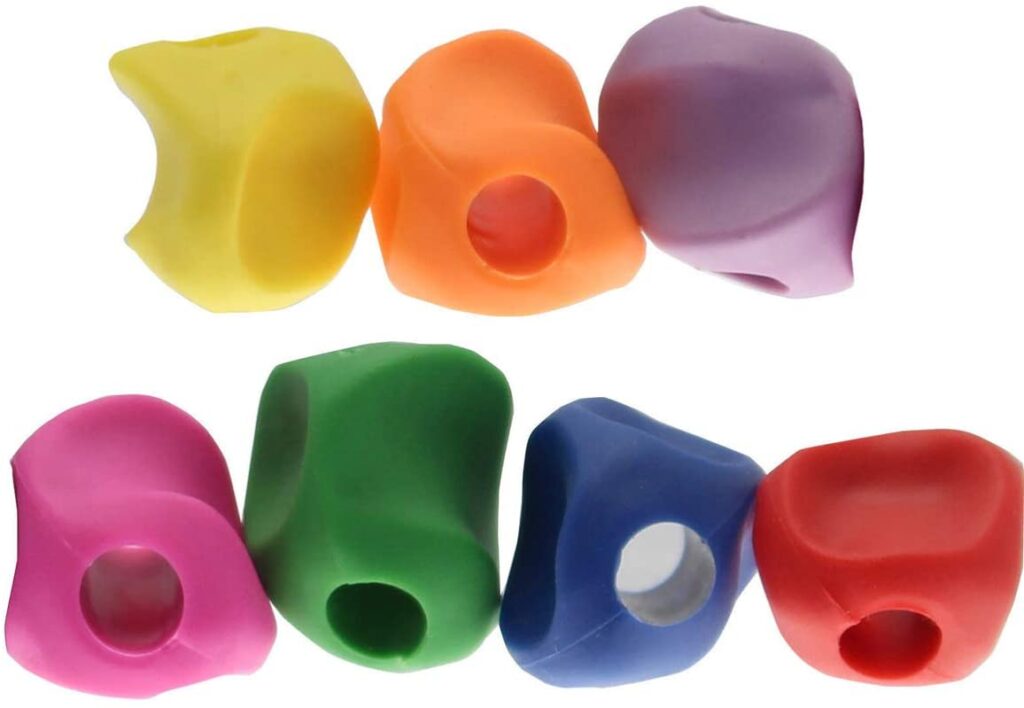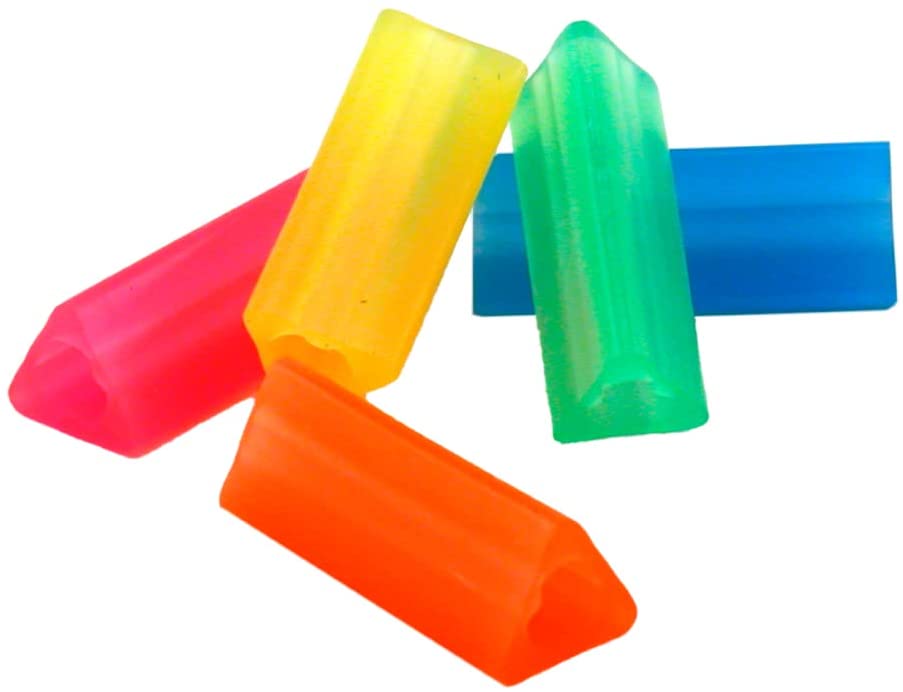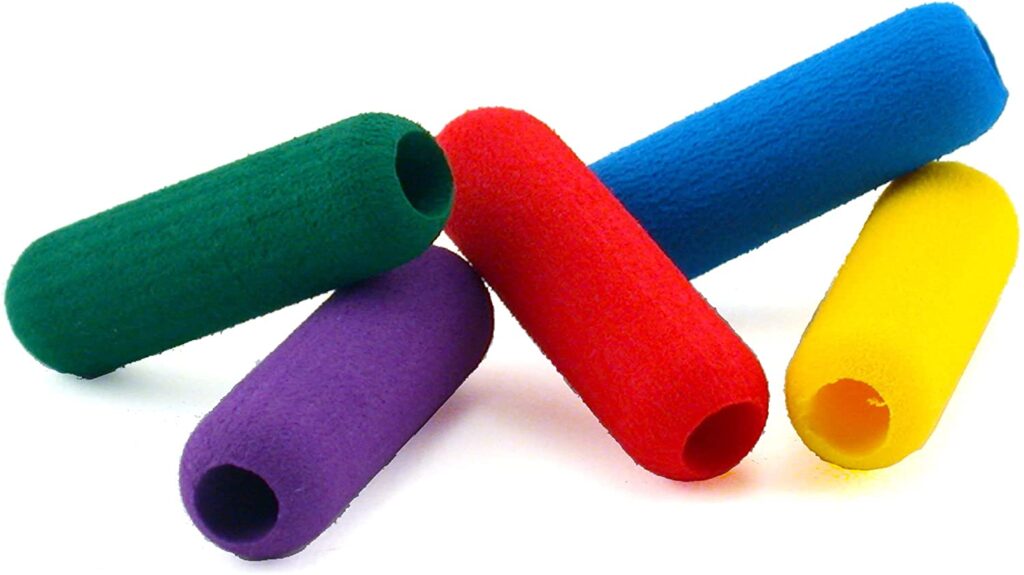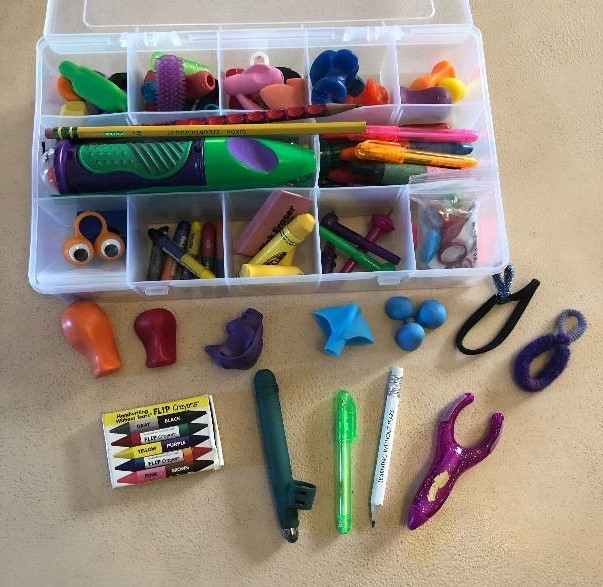One question that comes up over and over again is how to get started with OT as a related service in the school environment. Parents of young children might see issues that their child struggles in and feel that an OT evaluation might be in order. But how do you get started with this process? Many parents ask the question “how do I request an OT eval?!” This is a great question and one we want to cover here.
School based occupational therapy can be tricky to navigate. There are a million and one steps to follow, and protocols to implement. Outpatient therapy is an entirely different ballgame. Once you have a doctor referral and insurance approval you are ready to start. But when it comes to OT in the schools, we fall under the educational guidelines. That means there are certain protocols directed by law.

In this post we will explore how to request an OT evaluation at school. The occupational therapy evaluation process depends on where the eval request comes from and whether or not there is already an IEP in place.
This request may come from a teacher, school psychologist, or parent. At times the occupational therapist may notice a student struggling, and get the ball rolling for an OT evaluation. We’ll cover each of these processes separately, because there can be differences. (See the challenge that we have with simply wanting your child to receive OT at school? It’s definitely not a one step process!)
How to request an OT evaluation at school
The first type of OT eval we’ll cover is the Teacher/parent driven referral. This means that the teacher or parent see a need for an occupational therapy evaluation.
The referral may come from the classroom teacher, resource teacher, school speech-language pathologist (SLP), a member of the special education department, or a parent, to name a few. Essentially, anyone can refer or request an OT evaluation at school. Typically this type of request for an OT referral comes from an individual in the school system that works with the child, teaches the child, or sees the student struggling in some aspect.
It is up to the IEP team to determine if occupational therapy support would be educationally relevant and required for the child to access their education.
Protocols and procedures vary from state to state (and different countries), however, there should be some common steps for how to request and OT evaluation at school. The process is going to be much easier if the student already has an IEP (individualized education plan) and you want to add on OT services.
When the student does have an IEP in place, the “next steps” for adding an OT evaluation would be:
- The teacher can speak with the school psychologist or directly to the school based therapist about their concerns.
- Then they loop in the parents and request an evaluation planning meeting to get permission to perform an OT evaluation. Our resource, the OT Screening Request Letter is a great tool to have for this step of the process.
- If the parents grant permission, the evaluation process can begin.
- The team will hold another meeting to review the results, and possibly a third meeting to add services to the IEP.
- All requests from parents need to be taken seriously and investigated. Once a parent makes a request, if the student already has an IEP, the steps would be the same as above.

The occupational therapy referral process includes several steps. First, is a screening.
Pre-referral screening
Before jumping right in to request an OT evaluation at school, it is important for the teacher/parent to know what they are looking for. There are generally three steps in this phase (pre-referral screening, OT observation, and RTI/MTSS supports).
- A pre-referral screening is exactly as it sounds. It is a basic questionnaire that helps to screen the student before evaluation. This can cut down on unnecessary referrals or too many evaluations. This might look like a form on a piece of paper or a digital form that the teacher or other professional (speech, admin, etc.) can fill out with their concerns. We do have a pre-referral checklist available as a resource for this step of the process. When filling out this checklist, the teacher needs to consider whether the form item involves a skill that is expected or performed in the student’s classroom or school environment, and whether the student is performing this skill at a level that is comparable to his/her peers. If the pre-referral screening is done digitally via a Google Form, it cuts down on time because it will allow you to easily send the form via email and receive responses electronically. The responses can also be printed.
- OT Observation- The therapy referral form might be followed by an observation by the school occupational therapist (after getting permission from the parents). Followed by suggestions for best next steps. These suggestions could include strategies for teachers to incorporate, or task/ environmental modifications.
- Tiered Response- Some districts use an RTI (response to intervention), or MTSS (multi-tiered system of supports), or a similar tiered approach. The school therapist supports the student’s needs within the general education setting, by providing in-services/ trainings to the educators or small group support for teachers/students, before moving on to 1:1 support incorporated by the Student Success Team (SST). This approach provides services early to struggling learners and enables them to succeed in school. RTI requires collaboration between all school personnel and involves evidence-based instructional methods as well as decision-making based on data and monitoring of the student’s progress. The RTI model can increase student performance and decrease the number of referrals to special education.
Communication is key throughout this process. After the screening process is completed, it’s helpful and appreciated to complete an OT screening results letter that describes the status of the occupational therapy screening.
When the pre-referral strategies have been exhausted, it is time to put the formal evaluation process in motion.
How to request an OT evaluation at school if the student does not have an IEP
If the student does not already have an IEP, the process to request an OT evaluation at school becomes more complicated.
Occupational Therapy is a related service. This means we support the educational goals and are not a stand-alone service. The Individuals with Disabilities Education Act (IDEA) of 2004 requires schools provide related services to a student with a disability who needs them to benefit from the special education being offered. If your child has a disability, as defined by IDEA, and needs special education and related services to meet unique learning needs, then he/she might be eligible for OT services. Your child must be eligible for special education before being considered for OT services in the schools under IDEA.
Because OT is a related service, the student must qualify for an IEP under certain diagnostic criteria. Criteria states that to qualify for special education services, a child must have one of the 13 disabilities as defined by IDEA AND the impact of the disability must create a need for services.
Those disabilities identified by IDEA include:
- Specific Learning Disability
- Speech and Language
- Other Health Impairment
- Mental Retardation
- Emotional Disturbance
- Autism
- Multiple Disabilities
- Developmental Delay
- Hearing Impaired
- Orthopedic Impaired
- Visually Impaired
- Traumatic Brain Injury
- Deaf and Blindness
In order to qualify for special education, the school psychologist will initiate a comprehensive evaluation. You can include related services in a comprehensive evaluation. If the evaluation reveals one of the 13 disabilities and there is an educational impact requiring special education, the team can proceed to offer an individualized education program outlining services.
A student Qualifies for OT Evaluation but the Evaluation doesn’t indicate a Need
Here is the tricky part. A student can qualify and be in need of occupational therapy services, but not receive them. Your OT evaluation might reveal below average fine motor skills, however if their IQ is in the average range, they will not qualify for special education. Similarly, a student might qualify based on the descriptions we listed above, and show a potential need for OT, but the OT evaluation shows that the fine motor or visual motor skill development is on age level for average range of development.
This means you can not offer related services. It is a parent/teacher’s right to request an OT evaluation at school, but this does not guarantee they will get services.
To have an IEP, the IEP team needs to agree that the child requires placement in special education classrooms and/or needs services that are only provided through special education.
A second difficulty is that students who have borderline skills do not qualify for special education. If students are below average (but not too low), and are working to their IQ level, they are considered slow learners and do not receive services. This happens all the time.
While we cannot suggest outside therapy, the hope is that you are able to make suggestions to the teacher that would benefit everyone in the class. If you have an MTSS model for OT (we do not in our district in South Carolina), you may be able to provide accommodations and strategies to the student directly. Each state will have different guidelines, so it’s important to look at the guidelines by state.
Keep in mind about OT Evals in Schools
The system has it’s flaws…
No entity is perfect. The idea is to give students the education they need in their “least restrictive environment.” Special education, therapy services (whether push in or pull-out), resource, or special modifications are considered restrictions. If a teacher can educate the students without the expertise of specialized education, this is the recommendation. Education is meant to be “appropriate”. The law of a free and public education does not require a school to Provide the best services possible for kids, or “maximize” their potential. Instead, the law requires that schools provide services that are “reasonably calculated” to help a child make progress.
For more information on specifics of OT evaluations, be sure to check out our resources on:
- Feeding Evaluation
- Handwriting Evaluation
- Executive Function Evaluation Tests
- Dyslexia Checklist Screening Tool
- OT Screening Request Letter
- Parent Interview Questionnaire
- Occupational Therapy Screening Results Letter
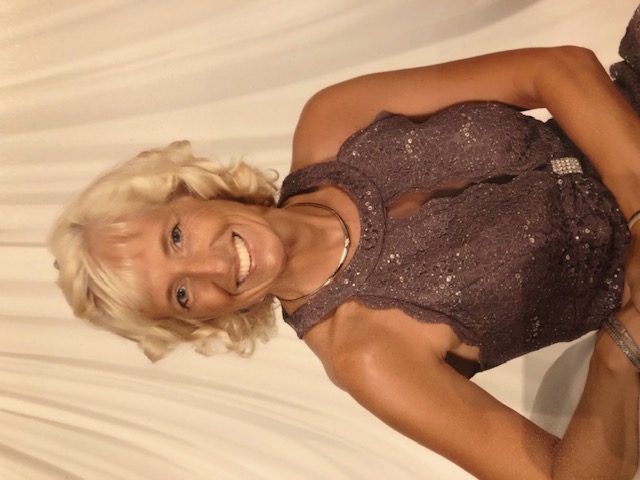
Victoria Wood, OTR/L is a contributor to The OT Toolbox and has been providing Occupational Therapy treatment in pediatrics for more than 25 years. She has practiced in hospital settings (inpatient, outpatient, NICU, PICU), school systems, and outpatient clinics in several states. She has treated hundreds of children with various sensory processing dysfunction in the areas of behavior, gross/fine motor skills, social skills and self-care. Ms. Wood has also been a featured speaker at seminars, webinars, and school staff development training. She is the author of Seeing your Home and Community with Sensory Eyes.

